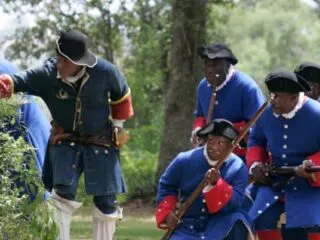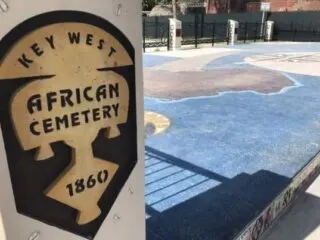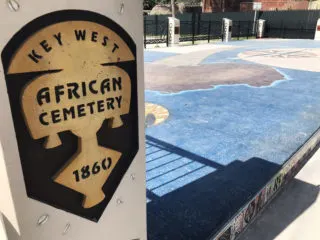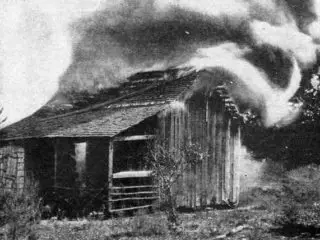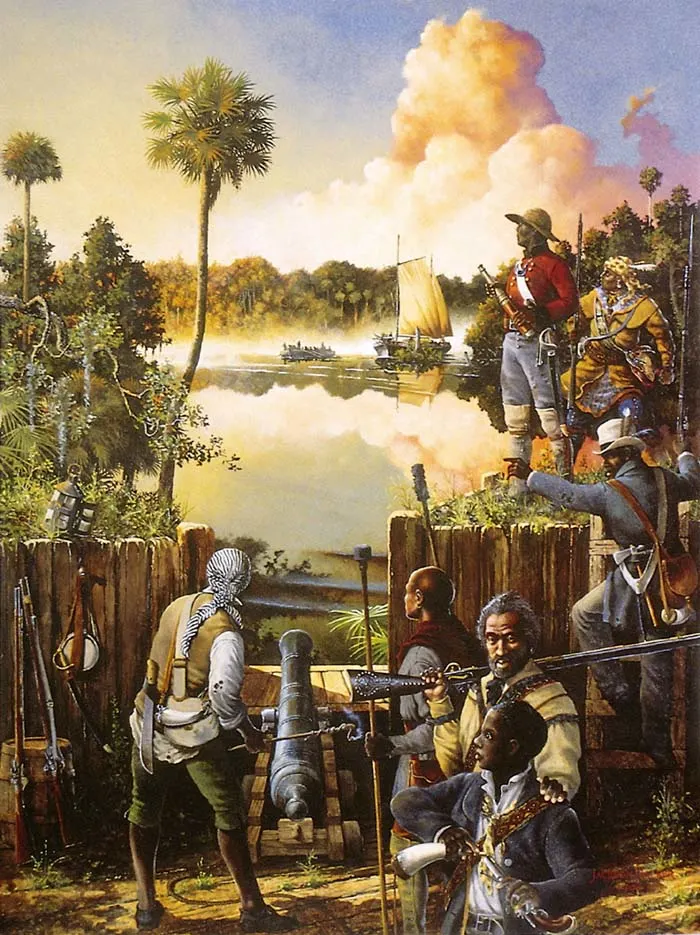Black Caesar was a pirate of some renown who roamed the Florida Keys, or so goes a legend worthy of mention during Black History Month.
Douglas C. Lyons
St. Augustine’s Fort Mose was a haven for runaway slaves and free blacks under Spanish rule.
Discover a slice of Florida’s Black history by visiting 6 fascinating destinations with us.
Experts believe Higgs Beach in Key West is the site of the only African refugee cemetery in the United States.
100 years ago, a white mob attacked an established Black community near Cedar Key and forever changed this remote corner of Florida. Here’s the story of the Rosewood Massacre.
One of Florida’s least accessible historic sites, Fort Gadsden, also known as “The Negro Fort”, is a tale of war — and the deadliest cannonball in American history.
The outstanding beach known as John U. Lloyd State Park is being renamed to honor Fort Lauderdale civil rights leaders Von D. Mizell and Eula Johnson.
Free Blacks and runaway slaves met on Cape Florida’s beaches, seeking passage to a better life in the Bahamas.


